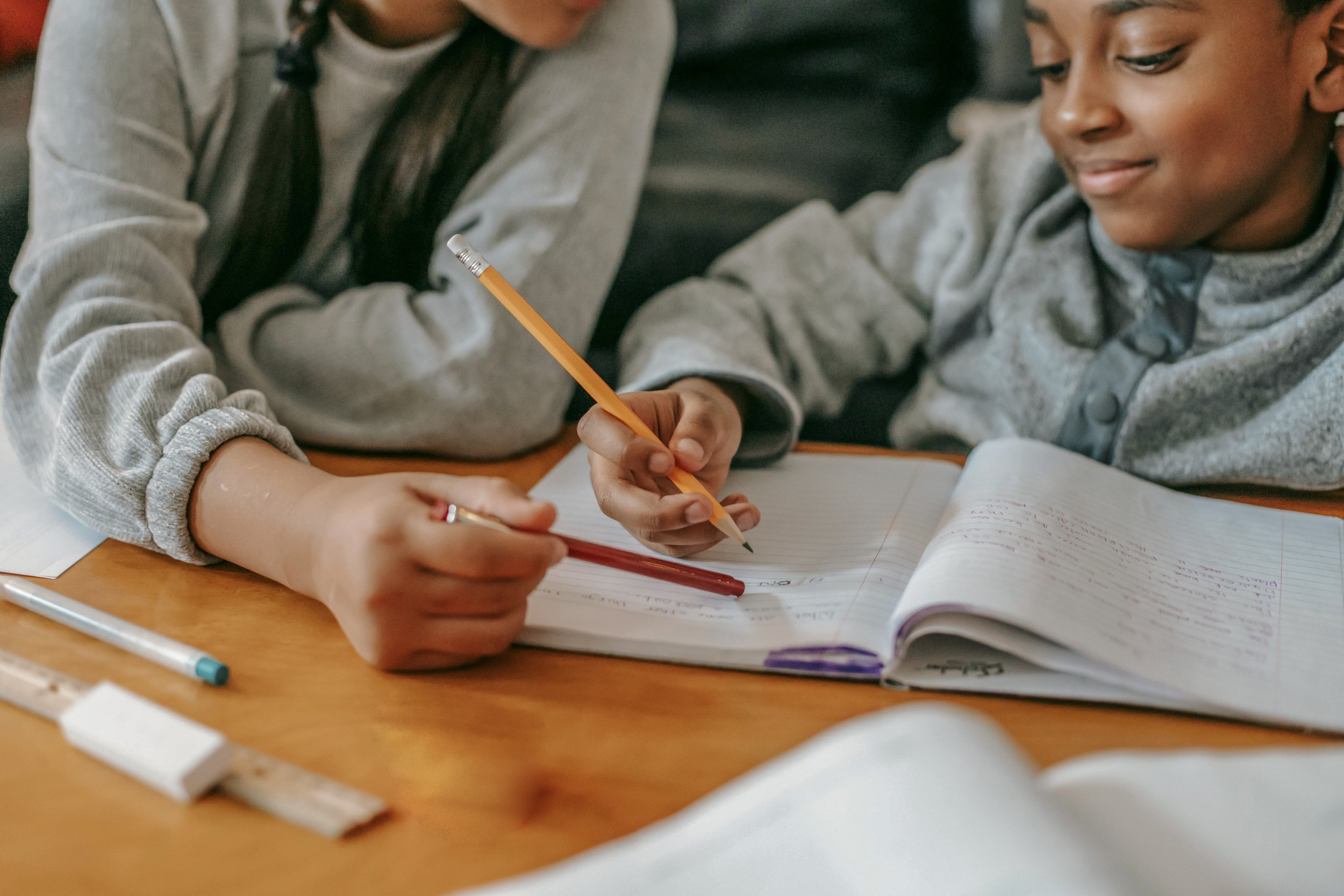
CEDA can administer measures that indicate the level and nature of anxiety in adults that physicians use to determine prescription medications.
Anxiety Evaluation
Testing to diagnose anxiety sheds light on many problems, including stress, test anxiety, school avoidance, peer and family conflicts, and drug use. Administered regularly, the scale allows you to identify anxiety in individual children, assess levels of anxiety in the classroom as a whole, and help students handle anxiety-producing situations, both academic and social.
This test, when administered in a full battery of tests, not only identifies the problem but also points toward the solution.
Anxiety in Children
One child in nine experiences an anxiety disorder. But because anxious children tend to be quiet, compliant, and eager to please, their problems sometimes go unnoticed. The Center for Educational Diagnostics and Assessment (CEDA) can administer tests that quickly bring into focus the often invisible worry, stress, and fear that can lead to academic difficulties, social withdrawal, substance abuse, and other problems. The Center for Educational Diagnostics and Assessment (CEDA) always uses the most recent, updated edition of all tests.
Social Anxiety Scale
The Social Anxiety Scale addresses the increased pressure that today’s children feel to achieve, academically and socially.
This test can help teachers and school psychologists to monitor the stress that children may experience and help them cope with it.
Who could benefit from anxiety screening?
Research suggests that it’s a good idea to watch for symptoms of anxiety in children between ages 6 and 8. Studies note that excessive worry in children this young puts them at risk for developing anxiety disorders later on.
Educational testing brings insight into a range of academic and social problems.
Cost of Anxiety Screening $650
screening available
for children & adults
Case Example: Perfectionism and Underachievement
Ashley, a 12-year-old girl in seventh grade, was referred for a complete psychological evaluation. Her parents reported that Ashley was bright and creative, yet they were concerned because she was not getting good grades, even though she devoted many hours to her schoolwork each day. Her mother also noted that Ashley had become less interested in social and extracurricular activities.
In cognitive testing, Ashley obtained an IQ of 128 and a standard score of 107 on both arithmetic and reading achievement areas. On a test of creative thinking, her overall creativity index was 94 (M = 100), and her performance was characterized as tight and risk-averse.
Ashley also completed the RCMAS-2. Both her Defensiveness score (60T) and her Total Anxiety score (62T) were high. Her scores on Physiological Anxiety, Worry, and Social Anxiety were 50T, 65T, and 59T, respectively. She endorsed 5 of the 10 items related to performance anxiety.
When asked about her answers to items on the Defensiveness scale, Ashley stubbornly adhered to the view that she was a kind, loving, and perfect girl. This level of defensiveness suggested that her RCMAS-2 scores may have underestimated her level of anxiety. When asked about items endorsed on the Worry scale, she expressed unhappiness about her inability to maintain “straight A’s” in school. She felt sure this would ruin her future prospects. Preoccupied with academic performance, Ashley was checking and re-checking her work—so obsessively that she couldn’t complete her assignments, nor could she enjoy spending time with her friends.
This pattern of scores and behavior suggested that Ashley was putting excessive effort into meeting unrealistically high expectations—her own and those of her parents. Her anxiety about failing to meet these standards was interfering with her ability to perform, academically and socially.
The school psychologist developed a plan to help Ashley and her parents adopt a more realistic view of her strengths and weaknesses. He encouraged Ashley to pursue creative experiences, cope with anxiety by exploring new activities, and take a less risk-averse approach to life. He placed Ashley in art therapy as well as an anxiety-reduction program targeting her obsessive checking behavior.




